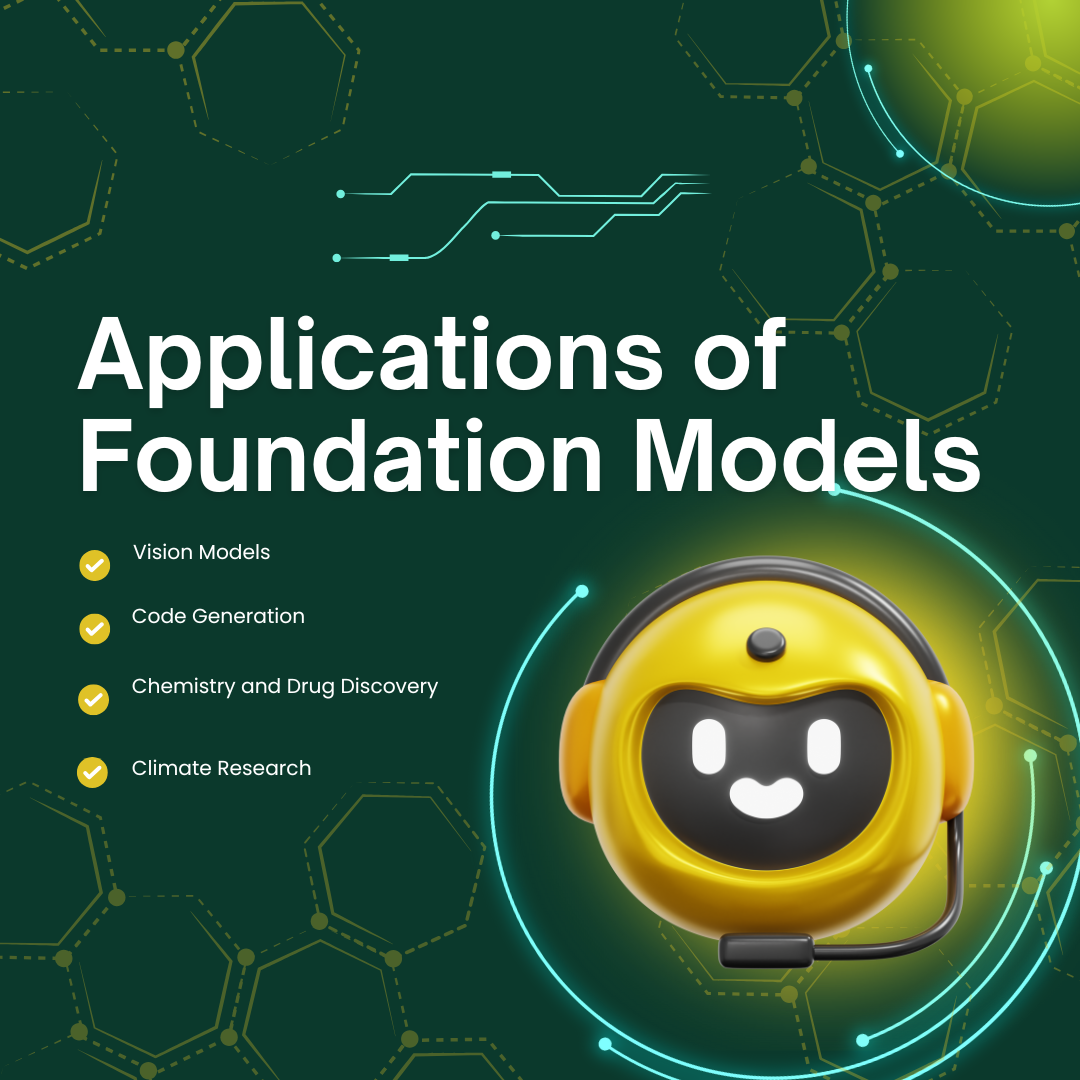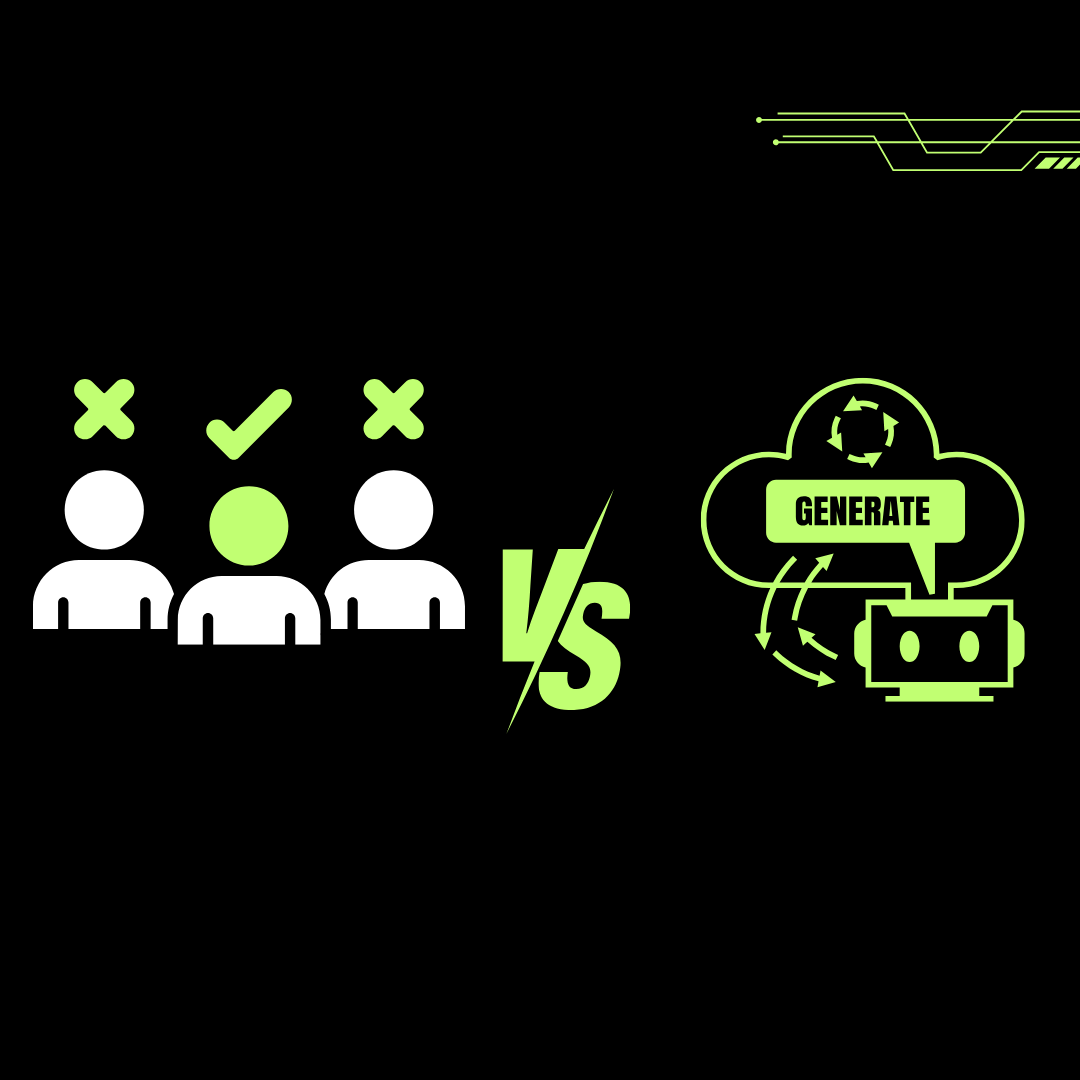
What are Generative AI models?
Posted in :
Over the past few months, large language models (LLMs) like ChatGPT have captivated the world with their incredible potential. These models are transforming tasks like poetry writing, vacation planning, and more, demonstrating the vast capabilities of artificial intelligence (AI) and its capacity to generate substantial value across industries.
In this article, we will explore generative AI models, their foundations, advantages, challenges, and the innovative ways they are being applied in different domains.
The Rise of Foundation Models
Large language models like ChatGPT belong to a broader category of AI models known as foundation models. The term “foundation models” was first coined by researchers at Stanford University, who observed a paradigm shift in the AI field. Traditionally, AI applications required the development of task-specific models trained on narrowly focused datasets. However, foundation models represent a more generalized approach.
Instead of building multiple models for individual tasks, a single foundation model is trained on vast amounts of unstructured data. This allows it to be adapted for various tasks through fine-tuning or prompting, drastically reducing the need for task-specific data.
Generative AI: What Makes It Unique?
Generative AI models excel in creating new content, such as text, images, or even code. Their training involves processing terabytes of data in an unsupervised manner. In the language domain, for instance, these models are trained to predict the next word in a sentence based on the context of preceding words.
For example:
- Input: “No use crying over spilled…”
- Predicted Output: “milk.”
This predictive ability forms the basis of their generative capabilities, enabling them to generate coherent and contextually relevant responses.
Although these models primarily focus on generating text, they can also be fine-tuned with labeled data to perform more traditional natural language processing (NLP) tasks, such as:
- Classification: Categorizing text into predefined labels (e.g., identifying sentiment as positive or negative).
- Named Entity Recognition (NER): Extracting specific entities like names, dates, or locations from text.
Through a process called tuning, small amounts of labeled data are used to adapt foundation models for specific tasks. Alternatively, prompt engineering allows these models to perform tasks without extensive fine-tuning, making them versatile and efficient.
The Advantages of Foundation Models
Foundation models bring several significant benefits:
1. Enhanced Performance
These models are trained on enormous datasets—often measured in terabytes—which gives them a broader understanding of language and context. This extensive pre-training allows them to outperform traditional models trained on smaller, task-specific datasets.
2. Productivity Gains
Foundation models require far less labeled data for fine-tuning compared to conventional methods. Since much of their knowledge comes from pre-training, organizations can achieve high accuracy on specific tasks with minimal additional data.
The Challenges of Foundation Models
Despite their advantages, foundation models are not without challenges.
1. High Computational Costs
The vast amounts of data required to train these models result in substantial computational expenses. Training a foundation model often necessitates powerful hardware, such as multiple GPUs, making it inaccessible to smaller enterprises. Even running these models for inference can be costly due to their sheer size and complexity.
2. Trustworthiness Issues
Foundation models are trained on large-scale unstructured data, much of which is scraped from the internet. This introduces several risks:
- Bias: The models may unintentionally learn and reproduce biases present in the training data.
- Toxic Content: Unfiltered data may contain hate speech or other harmful information.
- Data Transparency: In many cases, the exact datasets used for training are unknown, raising questions about the model’s reliability and ethical implications.
Applications of Foundation Models

Foundation models are not limited to language processing; they are also driving innovation across various fields:
1. Vision Models
Generative AI models like DALL-E 2 use text prompts to generate custom images, revolutionizing visual content creation.
2. Code Generation
Tools like GitHub Copilot assist developers by completing code as they write, improving productivity and reducing development time.
3. Chemistry and Drug Discovery
IBM’s Molformer leverages generative AI to accelerate molecule discovery and develop targeted therapeutics.
4. Climate Research
Foundation models trained on geospatial data are being used to advance climate research and develop solutions for combating climate change.
Promptico’s Role in Advancing Foundation Models
Recognizing the immense potential of foundation models, Promptico is actively working to enhance their efficiency, reliability, and applicability in business settings.
Some of Promptico’s key innovations include:
- Language Models: Helped Integrate into products like Watson Assistant and Watson Discovery.
- Vision Models: Applied in tools like Maximo Visual Inspection for visual data analysis.
- Code Models: Developed in collaboration with Red Hat under Project Wisdom for automating coding tasks.
Additionally, Promptico is exploring new frontiers, such as Earth Science Foundation Models, to address global challenges like climate change.
Conclusion
Generative AI models and foundation models are reshaping the landscape of artificial intelligence. Their ability to handle diverse tasks, coupled with their generative capabilities, makes them invaluable tools for businesses and researchers alike.
However, addressing challenges like computational costs and trustworthiness remains crucial to unlocking their full potential. With continuous innovation from organizations like Promptico, the future of foundation models promises to be both exciting and transformative.
If you’re interested in learning more about how Promptico is improving the trustworthiness and efficiency of foundation models, explore the resources linked below.

